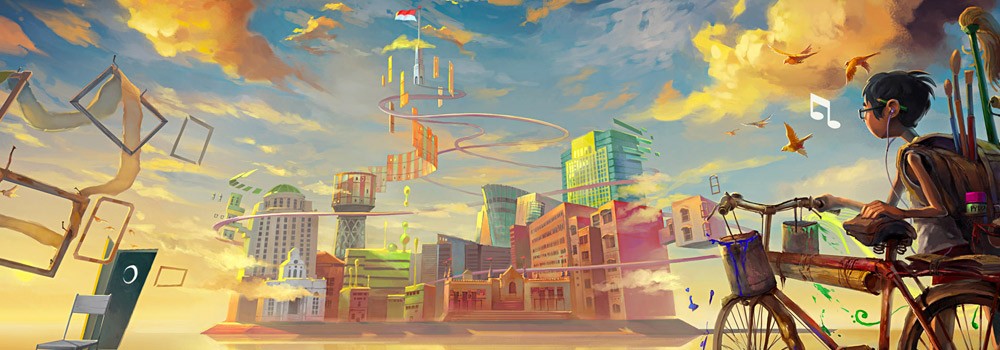The Arts in the New Age of Entrepreneurship
One artist-entrepreneur who has achieved great success that I know is my friend and instructor Kate, who now runs her own improvisation academy in Toronto. Kate began at Ryerson, where she learned about an opportunity to work with kids in a drama therapy program. Following her acceptance into this position, Kate discovered a love for teaching as well as acting which would serve her greatly over the following years. After some time, Kate came to Second City, where she pitched the entirely new idea of teen classes at the Second City Training Centre, something which had not yet been done at any Second City location.
After many years working with teens and adults at the Training Centre while at the same time forwarding her acting career, Kate, with the help of a documentarian and the support of her many students and friends, founded her own improv academy. Because of her huge network, she quickly found many students who followed her from Second City. She recommended, “When you want to do something entrepreneurial, align yourself with a team that will help you,” a fact which reminded me of the importance of networks. Networks, I should correct, are not trees with fruits to pick, but teams, each of whom bring something to help you as an artist, and whom you can help in return.
As of now, Kate’s classes are completely full and occur regularly, but she still finds time to continue acting. Part of what keeps Kate so content is that she is “chasing fulfilment and fear and risk and what makes me happy and is fun …and creativity and freedom.”
This is something to remember as an artist-entrepreneur: being an artist means you can take big risks and not be afraid of failure. Kate embraced these risks and did not let money alone motivate her. While Kate’s experiences may differ from those of a young artist-entrepreneur nowadays, they nevertheless emphasize that an artist-entrepreneur still has an artist’s motivations; they are just in the hands of a savvy and business-smart person.
With a functioning network and a diverse set of skills, all that is left in these preliminary steps is for an artist-entrepreneur to begin to advertise and publicise their work. As mentioned in the introduction, work can get published everywhere online, and all that is necessary then is to advertise that work. This is certainly a valuable part of an artist’s repertoire: a strong knowledge of what makes for a good banner, quick video, compelling presentation or write-up.
Part of this relies on the earlier steps: deciding what the demographic wants, finding an effective way to market your awesome concepts to that demographic, and then success! Modern advertisers tend to use fun, interesting and unusual methods to garner attention for their product. The best way to do this is to expose yourself to the work of artists with unique advertising ideas, and to consider what choices made by advertisers encourage you to check out their product.
With these ideas in mind, think carefully about what areas you can develop to better excel as a starting artist-entrepreneur. Remain optimistic and push yourself to keep working, and never neglect a class or workshop where you can hone your techniques and expand your network. As an artist, you are a creative and imaginative person; as an entrepreneur you are challenging yourself to harness that creativity and imagination and expose it to the world to get them intrigued. Use your wits and grasp opportunities, and the doorway into the arts will swing open for you to step through. And remember, you did it all without the faintest notion of law doctorology.































Share the post "The Arts in the New Age of Entrepreneurship"